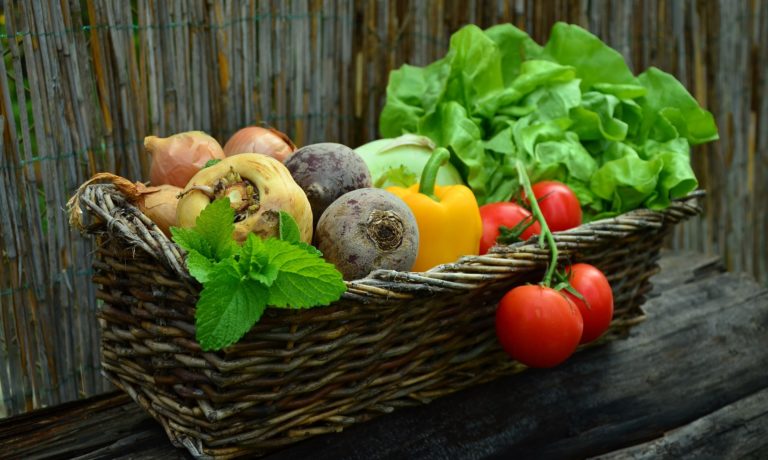Have you ever wanted to plant your own vegetable garden but didn’t know where to start? Here are some tips and tricks to get started! Remember: these rules are flexible, and every growing situation is different. It takes time and lots of practice!
Types of Seeds and Seed Grade
Before you purchase your seeds, a good thing to know is that there are three types – genetically modified seeds, hybrid seeds and open pollinated seeds. Genetically modified seeds are sold by the ton to farmers for mass production and are not available to consumers. Hybrid seeds are primarily used for home gardening and can withstand heat. Open-pollinated seeds are more genetically diverse since there is no limit on the flow of pollen between the plants. Different varieties of open-pollinated seeds must be planted with distance between each other to eliminate cross-pollination that creates mutant vegetables.
When purchasing a variety pack of seeds, be sure to check the back of the packet for the food grade. This information will tell you which seeds are from which vegetables, so you can more accurately schedule planting and maintenance.
Steps to Planting
1. When beginning to plant, it is important to know that some vegetables must start the growing process indoors. For instance, tomato seeds should be planted in a starter pot indoors using seed mix soil. Hint: Do not use potting soil since it is rich and does not easily drain for seedlings.
2. Be sure to moisten your seed mix first so they don’t float to the top of the container and to plant at least two or three seeds per container. To water your seedlings, do so by placing the pots in a tray of water so you do not disturb the plants.
3. You can cover your plants loosely with plastic to create a humid environment. Seeds should sprout fine at 65-70 degrees Fahrenheit. Sprout time differs between plants, so be patient.
4. Once the plant begins to sprout leaves, keep a fan lightly blowing on them and place the pot underneath a light system to keep the plant warm. Continue this process until the second set of leaves appear. Then move plants to larger, 3-4-inch pots.
5. Once the temperature outside rises and the ground is warm, transfer the plant to a sunny spot in an outside garden. When you decide to transplant the seedlings to a larger outside area, be careful removing the plant from the pot so that you do not disturb the root system. Dig a hole and set your plant. Now watch it grow!
6. Reminder: A general guideline for watering is an inch of water per week. If the temperature heats up, vegetables will need about ½ inch per week extra for every 10 degrees over 60 degrees.
Indoor/ Outdoor Vegetables
Lettuce, carrots, potatoes, radishes, and peppers can all be grown indoors. You can start planning these in February. Examples of vegetables that should begin the growing process outdoors are zucchinis, cucumbers and pumpkins. These types of vegetables should be planted around the middle of May to avoid chilly temperatures.
Watching Out for Those Pesky Critters
A reminder when planting your own seeds: Be sure to protect your plants from friendly neighborhood critters. Bunnies and squirrels are avid fans of freshly grown produce and will jump at the opportunity to take a nibble. To keep these critters at bay, use raised beds and fencing around your gardens. If you need reinforcement, spray the boundaries of your garden with rabbit repellent spray.
For more information on seed starting tips, equipment, and more, visit Ace Hardware of Fort Collins today. We are more than happy to assist and guide you on your garden growing journey!




